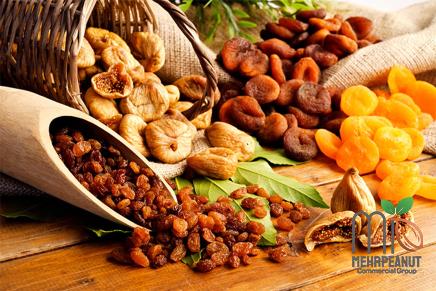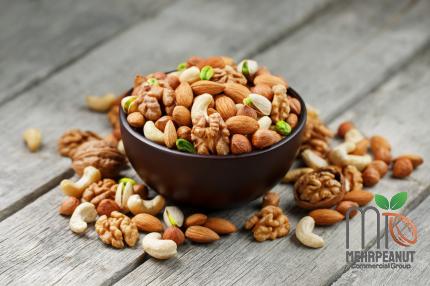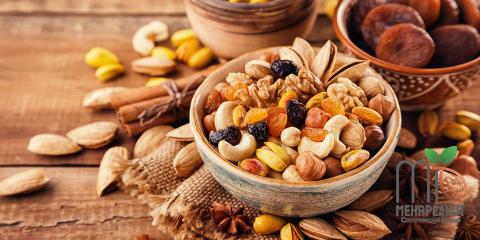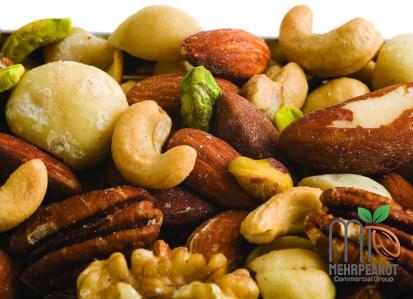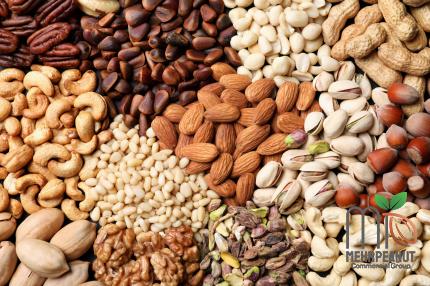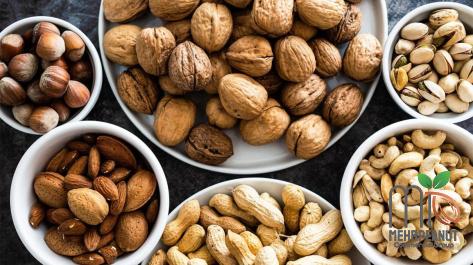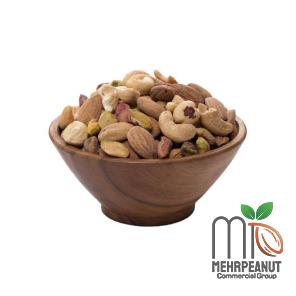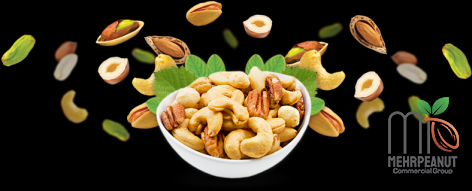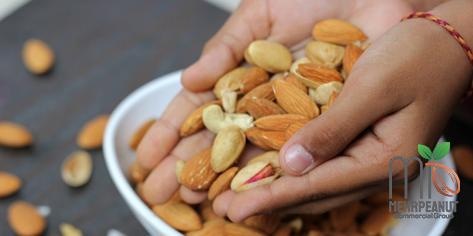Groundnut Yield Per Acre + How Many Kgs of Groundnuts Per Acre
Per acre of land, a farmer can grow up to 1
6 tons of groundnuts, according to estimates
If you sell 100 kilograms of groundnuts for Sh12,000, you could make a huge Sh192,000 in just 90 days
Compared to maize, which can earn a farmer less than 40 bags of 90 kg, which sell for as little as Sh2000, this crop needs less care and adds valuable nitrogen to the soil
Depending on how big the plants are, you need 30-45 cm between rows and 10-15 cm between plants
This means that an acre of land can hold up to 66,000 plants, which is the same as at least 16 kilos of seeds that are planted 5–6 cm deep
Instead of nitrogen fertilizer, groundnuts need enough calcium feldspar crystal, especially when pods are forming, because the crop can take care of itself
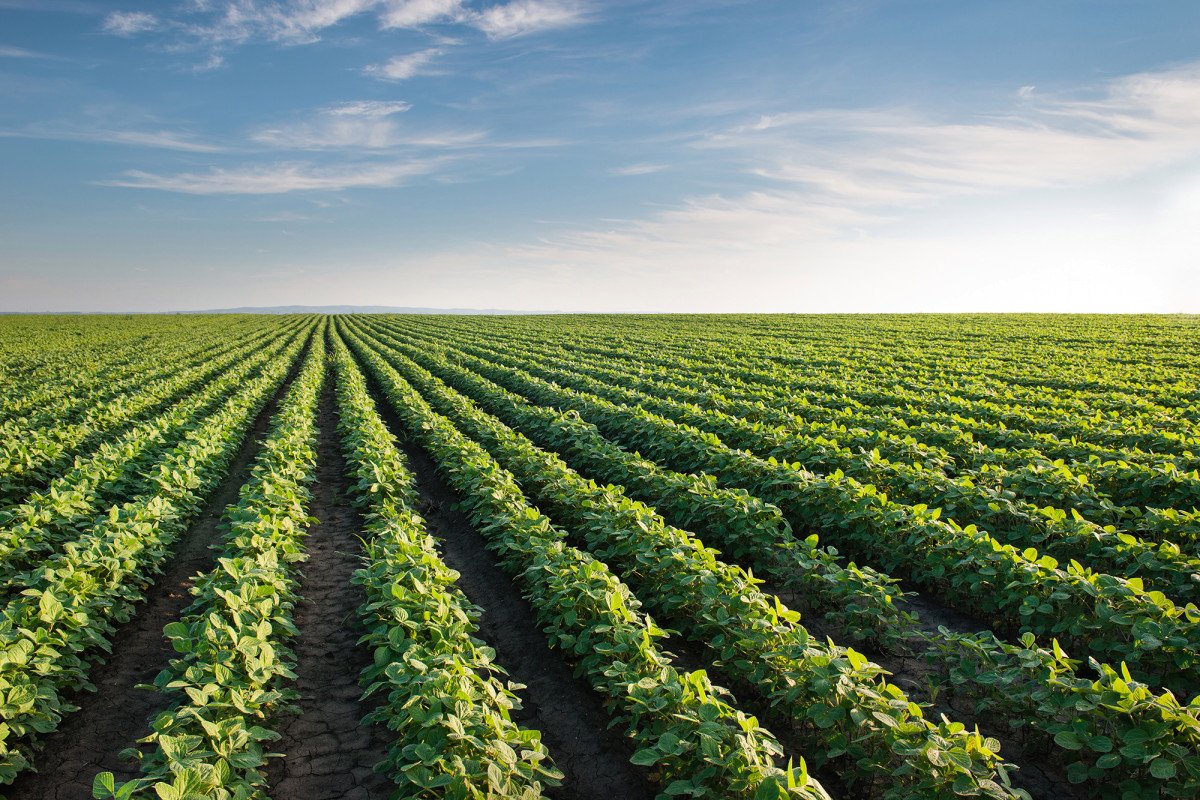
To make the crop stronger, you also need 40 kg of phosphate fertilizer per acre
Groundnuts are very vulnerable to pests and diseases at every stage of their growth
Termites, aphids, white grabs, and millipedes that eat roots, stem bases, leaves, and pods can be stopped by planting early and keeping the farm clean
But viruses like Rust, Bacteria Wilt, and the Groundnut Rosette Virus are responsible for 80 percent of the damage done to groundnuts while they are on the farm
There are also diseases like leaf spots, crown rot, and damping off
Farmers are told to do things like rotate their crops, keep their farms clean, plant with certified seeds, and get rid of pests like aphids, which can spread these diseases
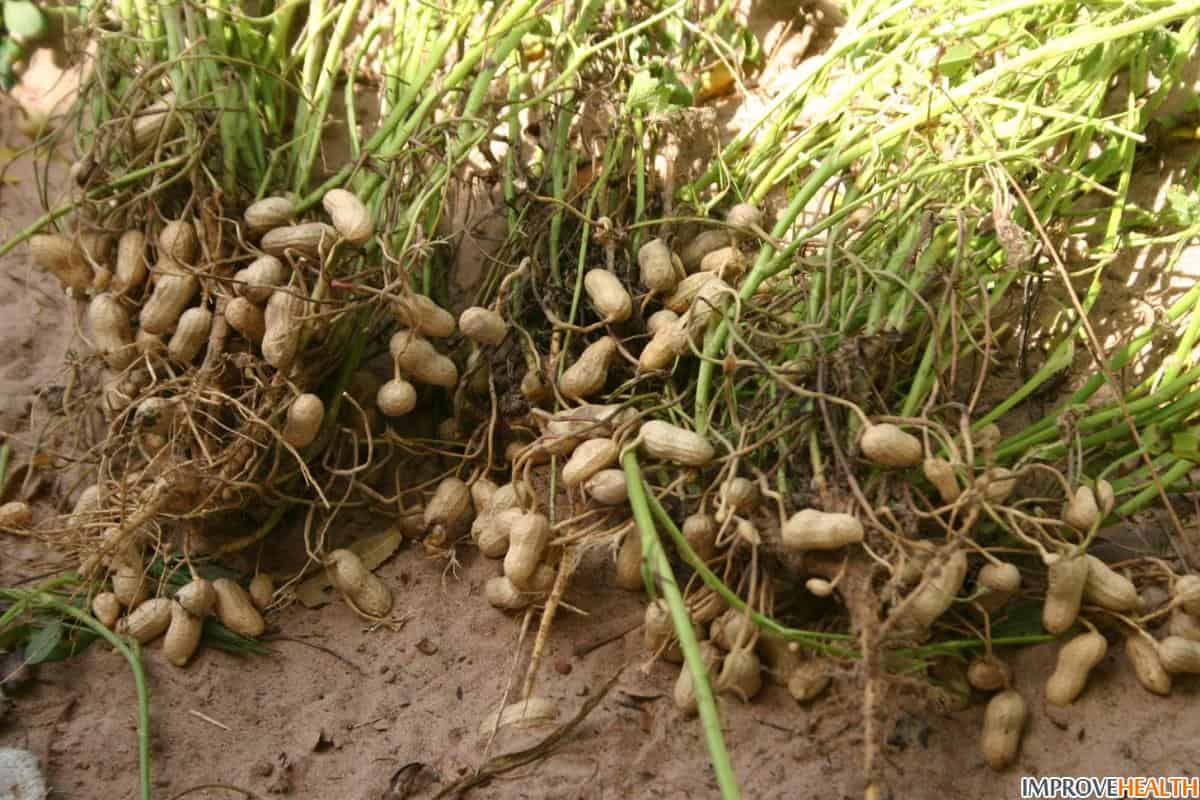
Groundnut Yield Per Hectare
The yield of groundnuts can range anywhere from roughly 400 kg to several tons per hectare, depending on the production method, but the average yield is between 2500 and 2700 kg per hectare
Peanut butter, groundnut oil, and groundnuts themselves are all common ways to eat groundnuts
Title
Description
Harvest Season
Fall When the Leaves Turn to Yellow
Nedded Fertilizer
40 KG Phosphate per Acre
Ideal Place to Grow
Sandier Soils
Common Ways to Eat
Peanut Butter and Groundnut Oil
However, groundnuts are also a popular source of food in many parts of the world since they may be eaten as a confectionery snack
Sandier soils are ideal for growing groundnuts, which are often grown in tropical and subtropical regions of the world

Groundnut Yield
Some countries grow a lot of grain such as almonds in green shell and groundnuts, which are a type of legume
But groundnut yield has been going steadily down for decades because there hasn’t been a well-planned breeding program to deal with production problems
Even though low-yielding varieties and late leaf spots are often said to be the biggest problems, there is no proof of this
To set up a good breeding program with clearly defined primary goals and breeding strategies, you must first find and write down the major production limitations
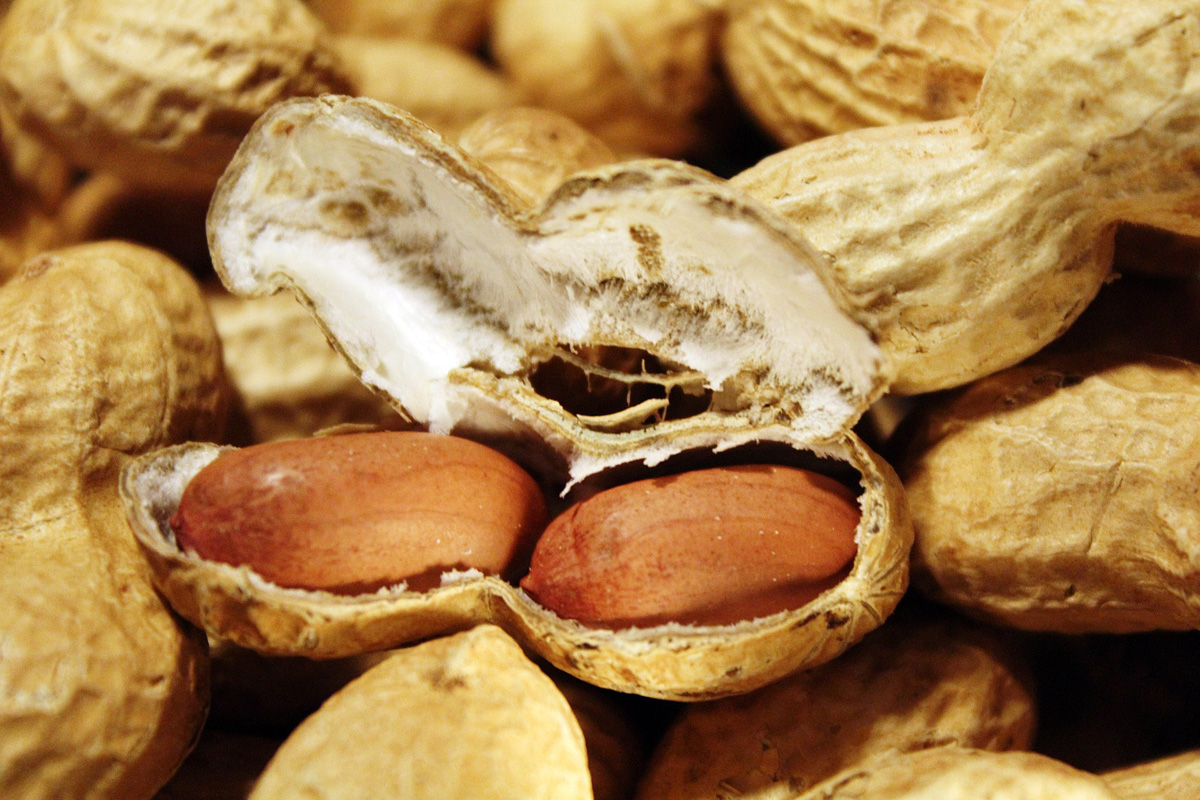
So, the goals of this study were to find out what made it hard to grow groundnuts and what traits farmers liked best
The study found that pod yield (66
66%) and pod size (12
12%) were the most relevant yield-related variables
Leaf spot infections, rosette and peanut bud necrosis (37
77%), and pod sucking bug and bruchid (27
77%) are the biggest restrictions on groundnut output
Late leaf spot is an economically important disease that farmers in all three regions attribute to maturity, drought, or insects
No gender differences were seen in limitations and groundnut characteristics
Age and gender affect the land size
Farmers have also noted the shortage of improved kinds and groundnut or seeds, underlining the need for a sustainable seed system and breeding program
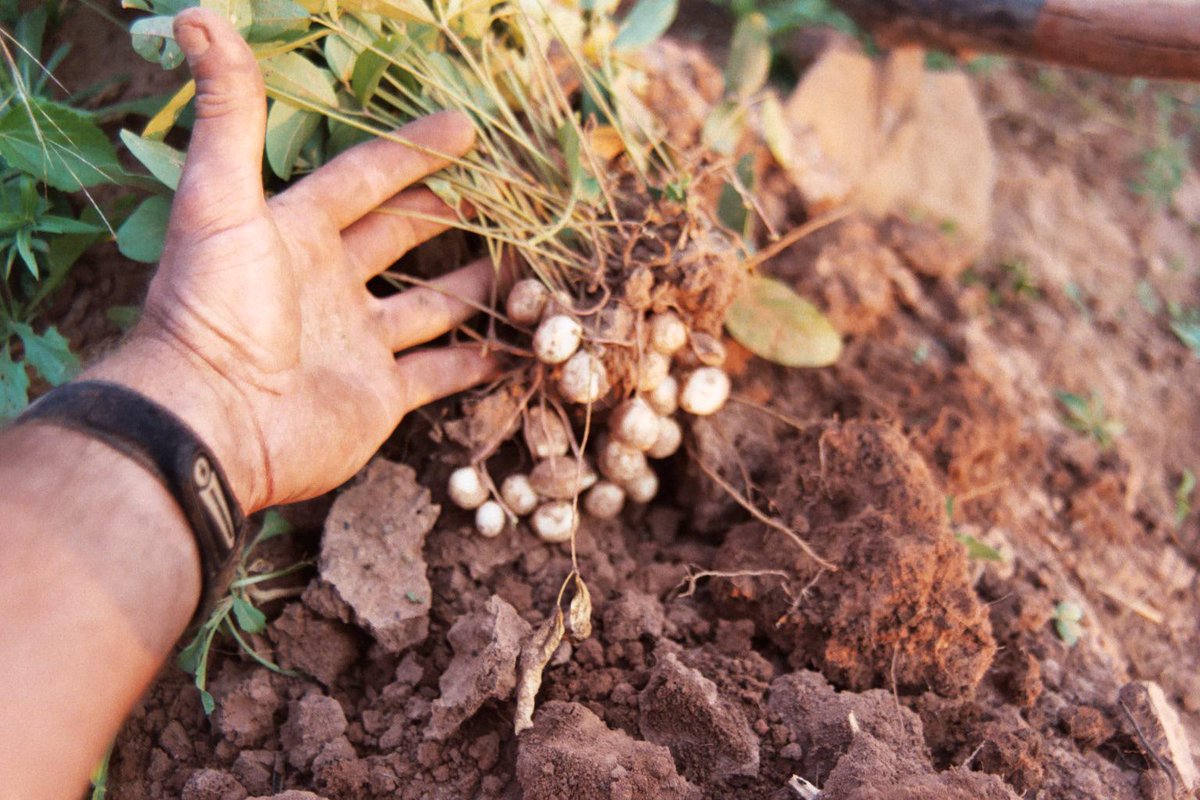
Gjg 32 Groundnut Yield Per Acre
Spanish bunch groundnut variety GJG 32 (ICGV 03043) with high oil content (50%) and early maturity (110 days) has been set to release for supplementary irrigation in the Kharif season in Tamil Nadu, Andhra Pradesh, Karnataka, and southern Maharashtra
It produces 2
8 tons of pods and 1
8 tons of kernels
In the Kharif season, the states of Maharashtra and Madhya Pradesh will grow TCGS 1157, a Spanish bunch variety with a high yield of 2
6 tons of pods and 1
8 tons of medium bold (47 g/100 kernels) kernels
One Spanish Bunch variety, JL 1085, was found to produce more pods and kernels than the best checks in the zone, Vijetha (R 2001-2) and R 2001-3 (Ajeya)
It will replace the popular check varieties that are already grown in zone V, which includes Tamil Nadu, Andhra Pradesh, and Karnataka
Spanish bunch groundnut variety GJG 33 (ICGV 07222) with high oil content (50%) and medium maturity (115 days) has been released for the rabi-summer season
It produces 2
8 tons of pods and 1
8 tons of kernels
ALG 06-320, a Spanish bunch groundnut variety with a high oil content (50 percent), medium maturity (115 days), and resistance to PBND
It produces 2
7 tons of pods, which is a lot
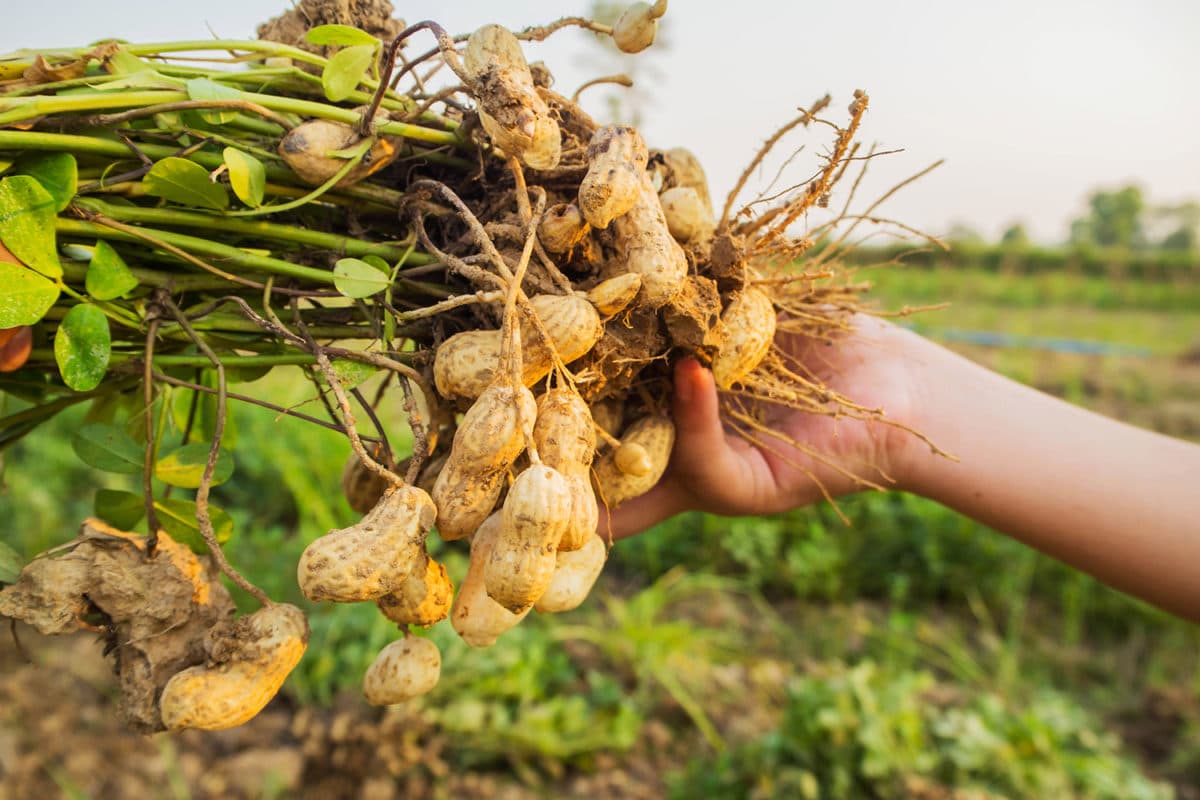
Groundnut Yield Time
For boiled peanuts, the harvest time is 90 to 110 days after planting, and for roasted peanuts, it is 130 to 150 days after planting
You should care not to use plastic or biodegradable food container to boil
Peanuts can usually be picked in the fall when the leaves start to turn yellow
To be sure about the peanut harvest time, you should pull up a plant and look at the pods before you pick the whole crop
The pods are the best way to tell when peanuts are ready to be dug up
The peanuts should fill the pods almost to capacity
If the inside of the pod is dark, the peanuts are too old to boil, but they can still be dry-roasted
If the plants have lost most of their leaves or the hulls aren’t firmly attached to the plant, pick the peanuts right away
Once you know when to dig peanuts, you need to know when to harvest them
Before you pick peanuts, loosen the soil around the plants with a spade or garden fork
Pull the plants out of the ground and shake the excess soil off the roots
Leave the pods on the plants
Make sure you don’t leave any pods behind by checking the soil

Groundnut Yield Per Ha
Agricultural Statistics says that about 43
06 million ha are used to grow food grain legumes like groundnut and soybean, which produce a total of 40
93 million tons of grain
The BNF contribution of legume crops grown in India was calculated by using the average N percent, harvest index, and percent Ndfa of each crop
To avoid underestimating BNF, it was assumed that 24 percent of the plant’s total nitrogen goes to belowground parts like the root, nodule, exudate, and rhizodeposition (Rochester et al
, 1998)
Salvagiotti et al
were able to measure soybean BNF by using this method of fractionation (2008)
The grain legumes that gave the most nitrogen were chickpea (gram) (0
47 Tg year1) and pigeon pea (0
22 Tg year1)
Other legumes, such as peas and garten green beans, made up 0
20 Tg year1 (Table 8
1)
The amount of BNF that pulses added was 0
94 Tg
Soybean, which is the most important oilseed legume crop, gave 0
80 Tg of N each year, while groundnut gave 0
50 Tg a year1
The total amount of nitrogen that legume crops added each year was 2
24 Tg
But if we figure out the BNF contribution based on the average annual nitrogen-fixing capacity of each legume, we get an answer of 2
81 Tg per year1 for nitrogen fixation by Indian food legumes
Pulses added 1
39 Tg to this method
The total amount of BNF-Nr that Indian food legumes add each year may be between 2
24 and 2
81 Tg year1
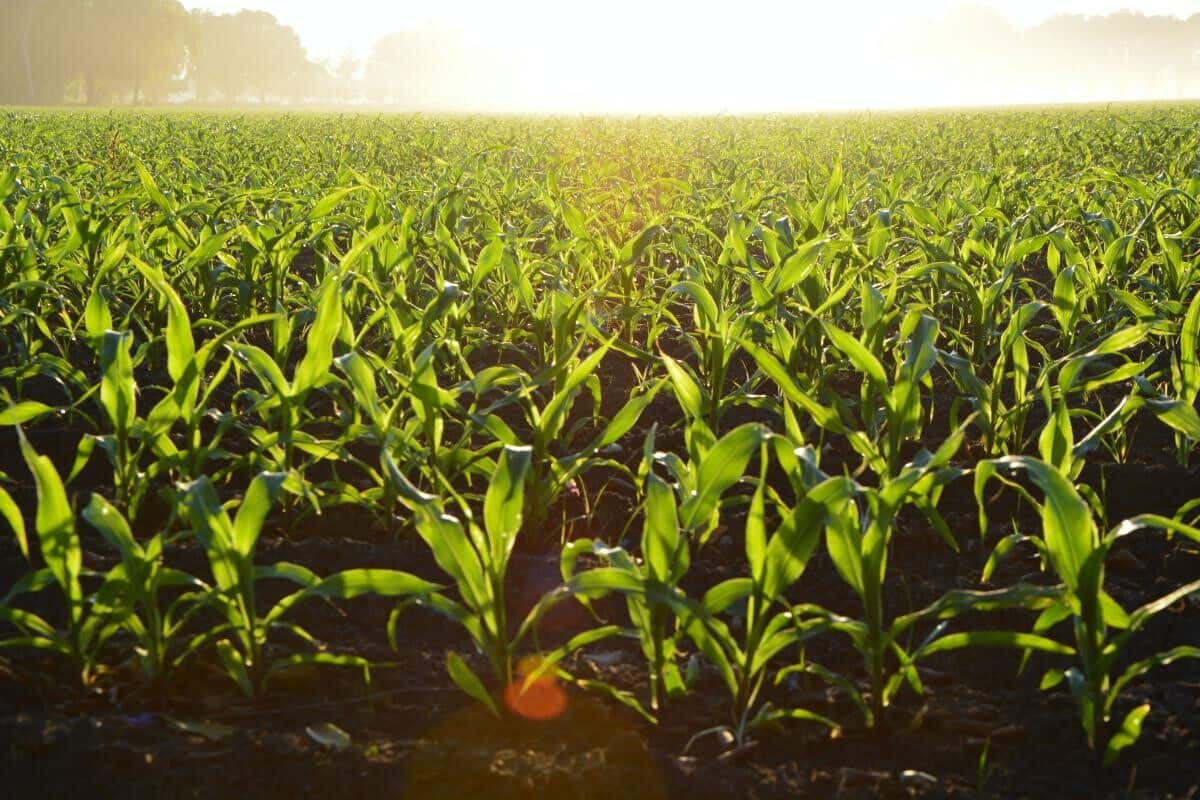
Yield Components Of Groundnut
During the summers of 2013 and 2014 to explore the influence of soil and foliar potassium administration on yield and yield components of two groundnut cultivars (Giza-6 and Line-623)
Potassium fertilizer increased pod weight compared to untreated plants (control)
The K+K treatment yielded the most pods (32
44g) compared to the control (15
12g)
Applying K enhanced 100-seedsoilfoliar weight and shelling % compared to untreated plants or other two foliar potassium treatments
Treatment K produced the highest 100-seed weight (56
86g) and shelling percentage (76
93%)
Applying soil or foliar treatments alone or in combination increased oil content compared to control plants
The maximum oil yield (11
13g) was from K+K, followed by K (8
85g) and K (6
58g), soilfoliarsoilfoliar, and untreated plants (4
02g)
The Answer to Two Questions About Groundnut Yield
1: How can groundnuts achieve such great yield?
They are significantly influenced by a positive interactive effect between phosphorus fertilizer and rhizobium inoculant
2: Which soil type would be ideal for growing groundnuts?
It’s ideal if the soil is rich, has a high fertility index, and has a pH of 5
5 to 7
